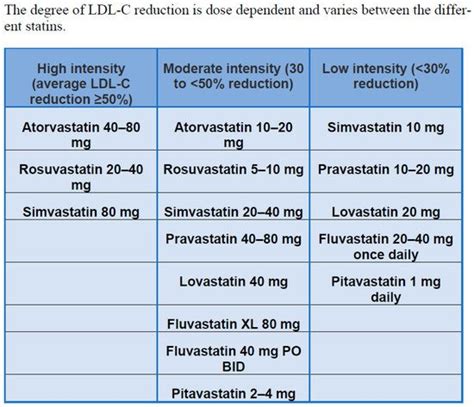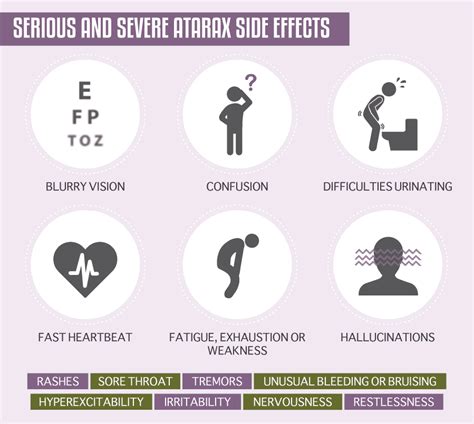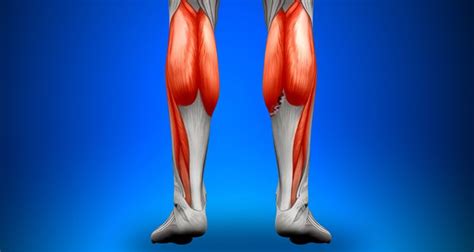Undescended testicle surgery, also known as orchiopexy, is a medical procedure that aims to move an undescended testicle into its proper position in the scrotum. This condition, known as cryptorchidism, is fairly common, affecting approximately 3% of full-term male infants and up to 30% of premature babies. While some cases may resolve on their own, surgery is often necessary to prevent potential complications and ensure the best outcomes for the child’s health and fertility.
Understanding the Risks of Untreated Cryptorchidism
Untreated cryptorchidism can lead to several risks, including:
- Infertility: Undescended testicles are at a higher risk of becoming infertile due to the abnormal temperature regulation in the abdomen compared to the scrotum. Early intervention can improve fertility prospects.
- Testicular Cancer: There is an increased risk of testicular cancer in undescended testicles. While the risk is still relatively low, bringing the testicle down into the scrotum can make it easier to detect any abnormalities early.
- Testicular Torsion: An undescended testicle is more prone to twisting, cutting off its blood supply, which can lead to the death of the testicle if not promptly treated.
- Hormonal Imbalance: In some cases, undescended testicles might not produce hormones correctly, potentially affecting the development of male characteristics.
- Psychological Impact: As the child grows older, an undescended testicle can lead to body image issues and lower self-esteem.
When is Surgery Necessary?
Surgery is usually recommended in the following scenarios:
- Age: The American Academy of Pediatrics suggests that surgical intervention should be considered by the age of 1 year. This timing is crucial because it maximizes the potential benefits for fertility and reduces the risks of complications.
- Failed Spontaneous Descent: If the testicle does not descend on its own by 4 to 6 months of age, it is unlikely to do so, and surgical intervention may be required.
- Abnormal Testicular Development: In cases where the testicle is abnormal or shows signs of non-viability, surgical removal (orchiectomy) might be necessary.
- Symptoms or Complications: Presence of pain, swelling, or testicular torsion necessitates immediate medical attention and possible surgery.
Types of Surgery
The primary surgical procedure for undescended testicles is orchiopexy. There are two main approaches:
- Open Orchiopexy: This is a traditional surgical method where an incision is made in the groin to locate the undescended testicle, and then another incision is made in the scrotum to create a pouch for the testicle.
- Laparoscopic Orchiopexy: A minimally invasive technique using a laparoscope (a thin, lighted tube with a camera) to visualize the testicle through small incisions in the abdomen, after which the testicle is brought down into the scrotum.
Preparation and Recovery
Preparation for the surgery typically involves a thorough medical examination and possibly some diagnostic tests (like ultrasound) to determine the testicle’s location and viability. The recovery process usually involves some discomfort that can be managed with pain medication, and the child will need to avoid strenuous activities for a few weeks post-surgery.
Risks and Complications of Surgery
While surgery is generally safe and effective, there are potential risks and complications to be aware of, including:
- Bleeding or Hematoma: Excessive bleeding or collection of blood at the surgical site.
- Infection: As with any surgical procedure, there is a risk of infection.
- Testicular Atrophy: The testicle might shrink or become non-functional after surgery.
- Recurrence: The testicle might not stay in its corrected position.
Conclusion
Undescended testicle surgery is a common and often necessary procedure to address the potential risks associated with cryptorchidism. Early intervention is key to minimizing complications and ensuring the best possible outcomes for fertility and overall health. Parents should consult with a pediatric urologist or a qualified healthcare provider to discuss the specific needs and options available for their child.
At what age should undescended testicle surgery ideally be performed?
+Surgery for an undescended testicle is typically recommended by the age of 1 year, as this timing is believed to maximize the benefits for future fertility and minimize the risk of complications.
What are the main risks of not treating an undescended testicle?
+The main risks include infertility, increased risk of testicular cancer, testicular torsion, and potential hormonal imbalances. Early intervention can help mitigate these risks.
How long does recovery from undescended testicle surgery typically take?
+The recovery time varies but generally involves a few weeks of avoiding strenuous activities. Pain management is often necessary during the initial recovery period, and follow-up appointments with the healthcare provider are crucial to monitor healing and testicle health.



